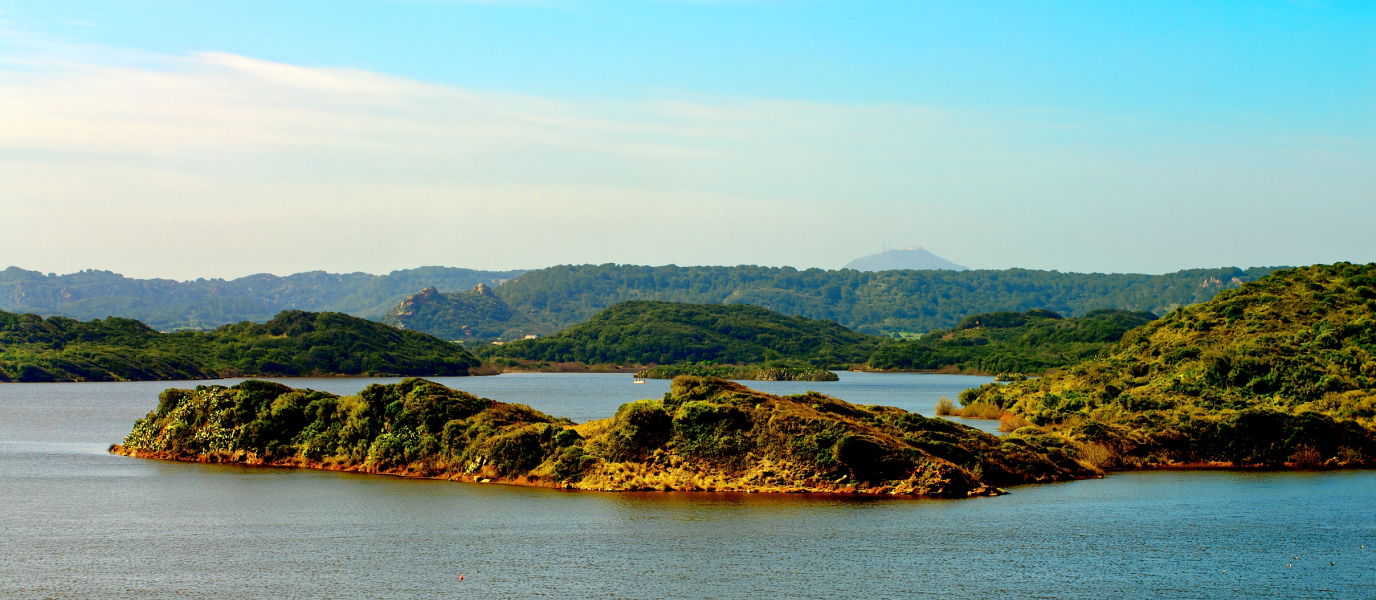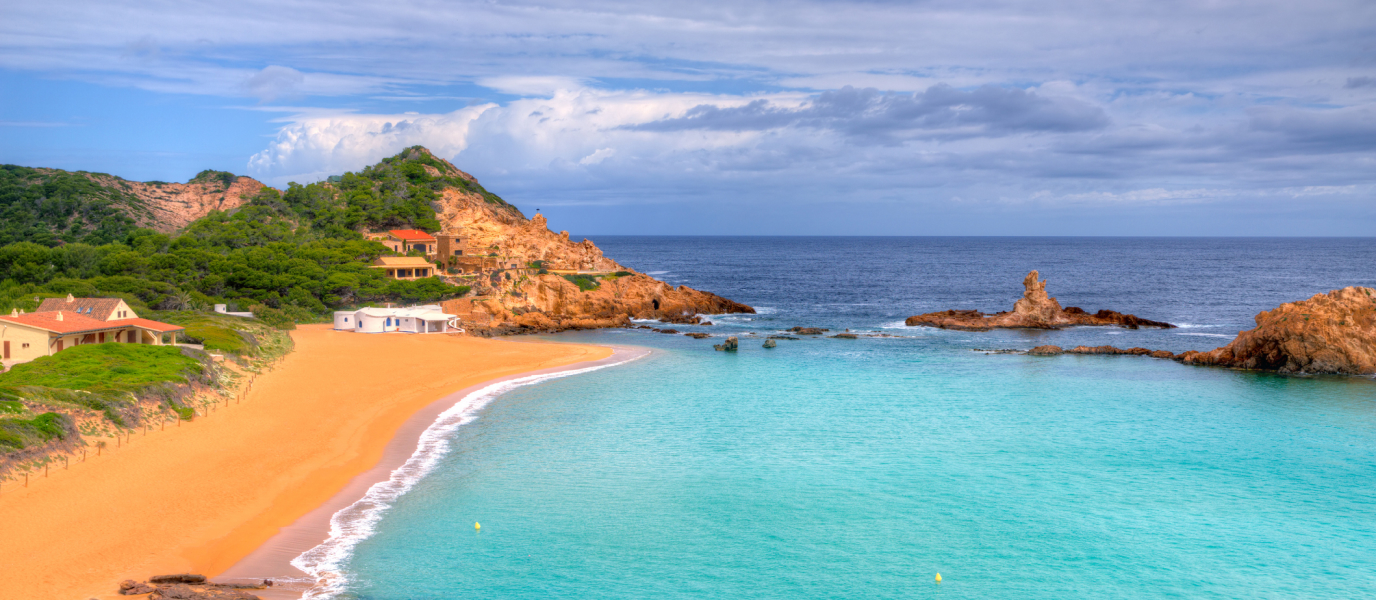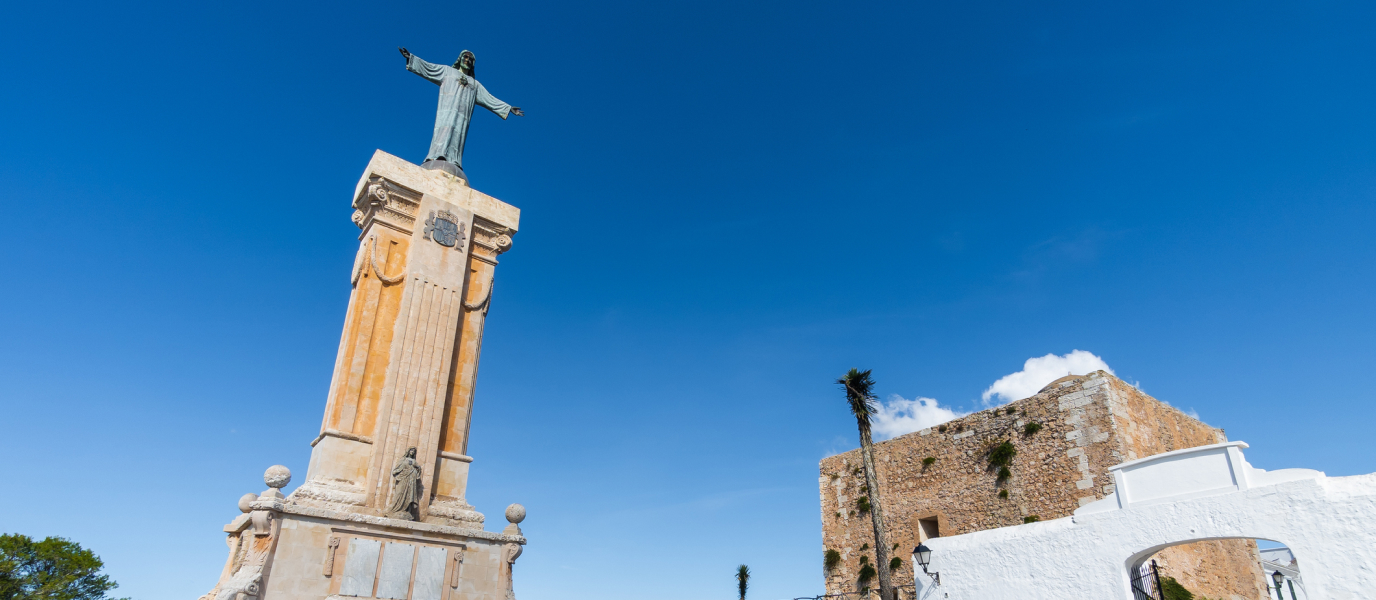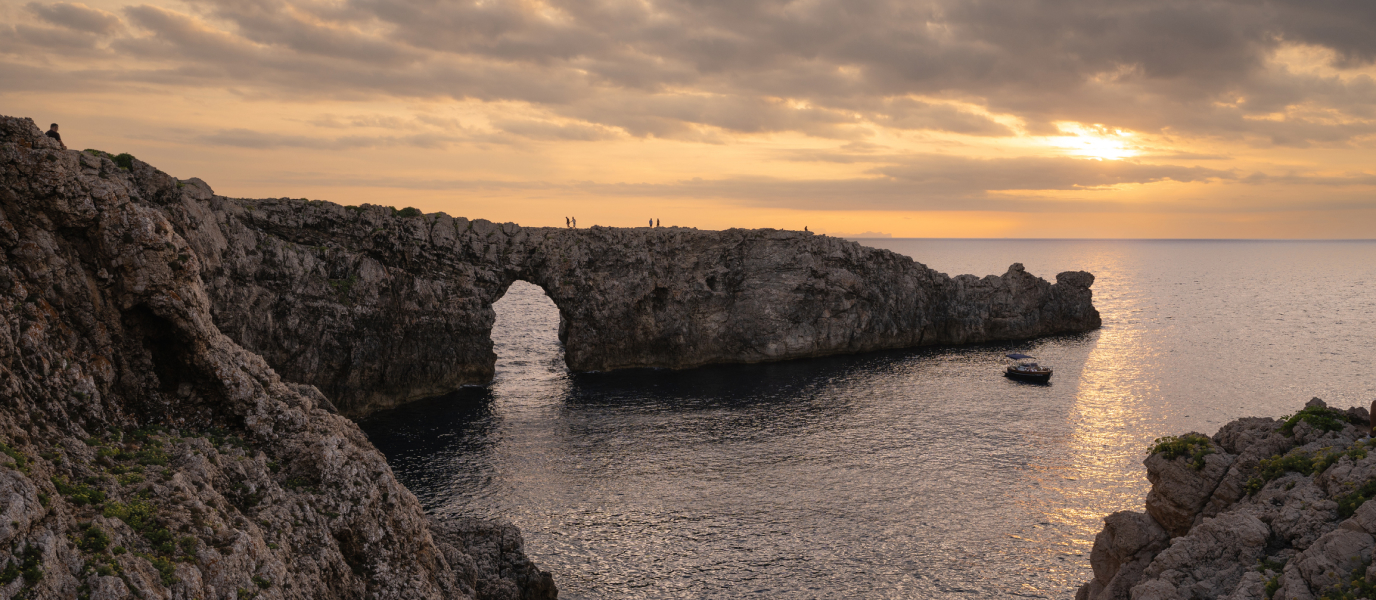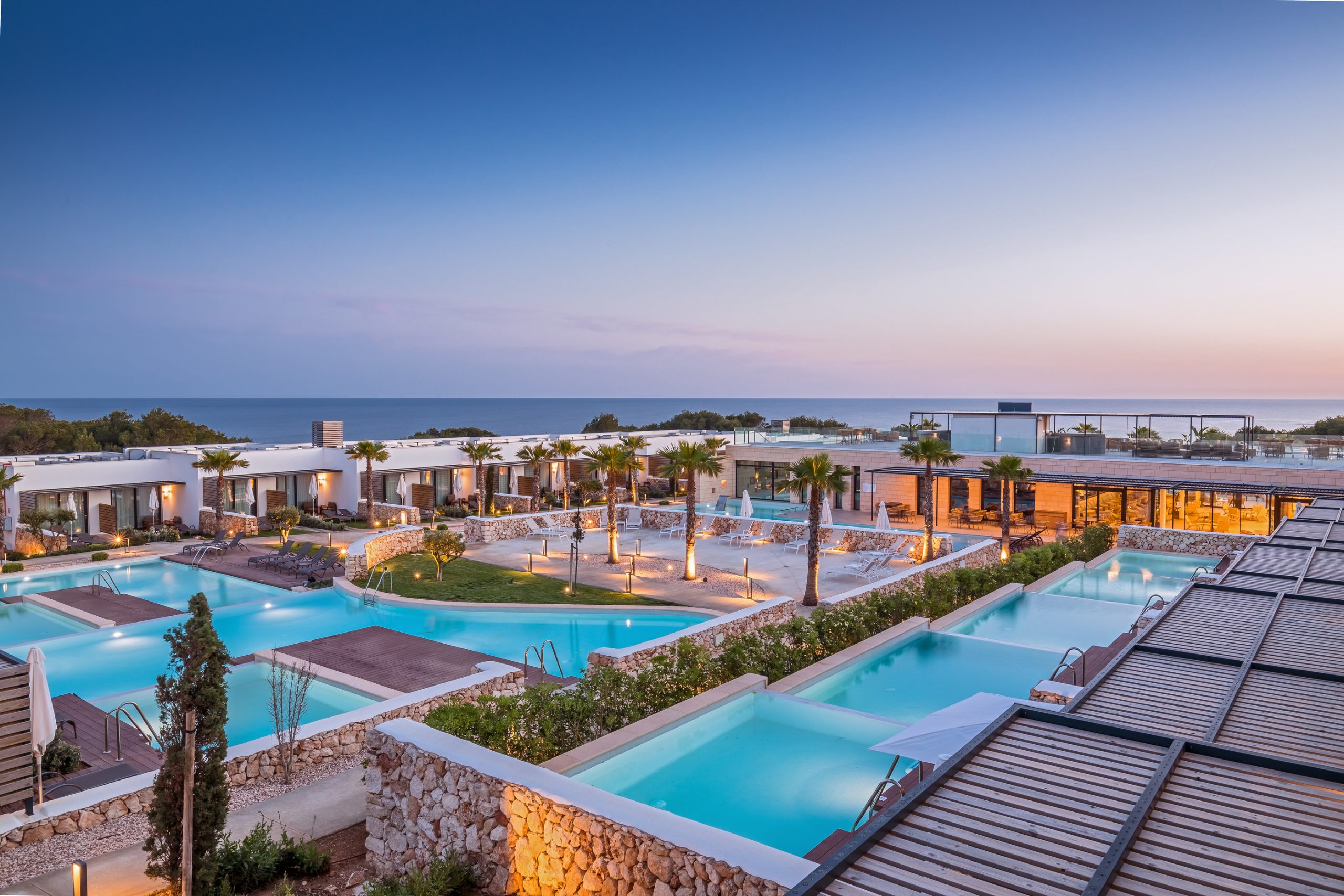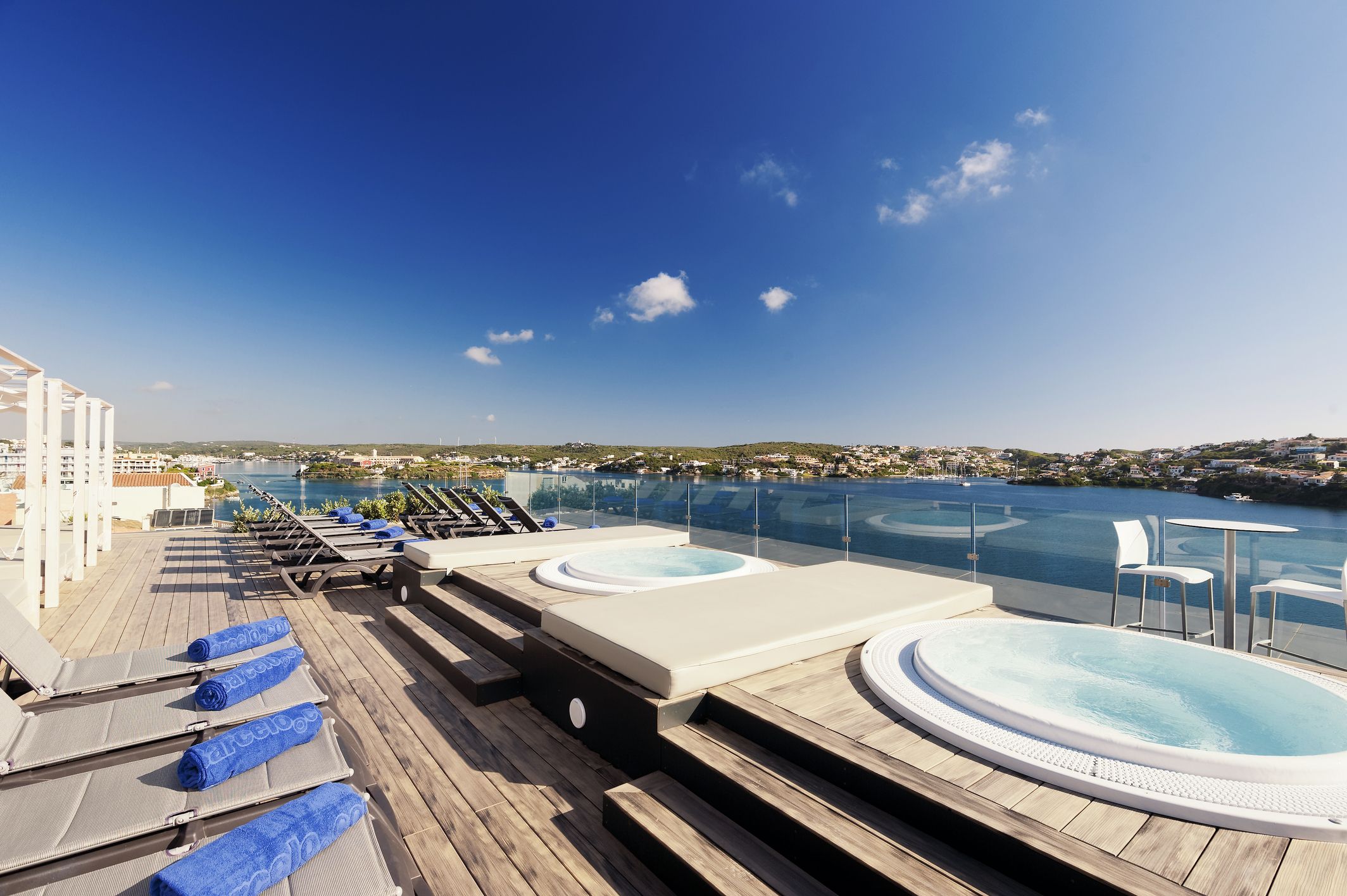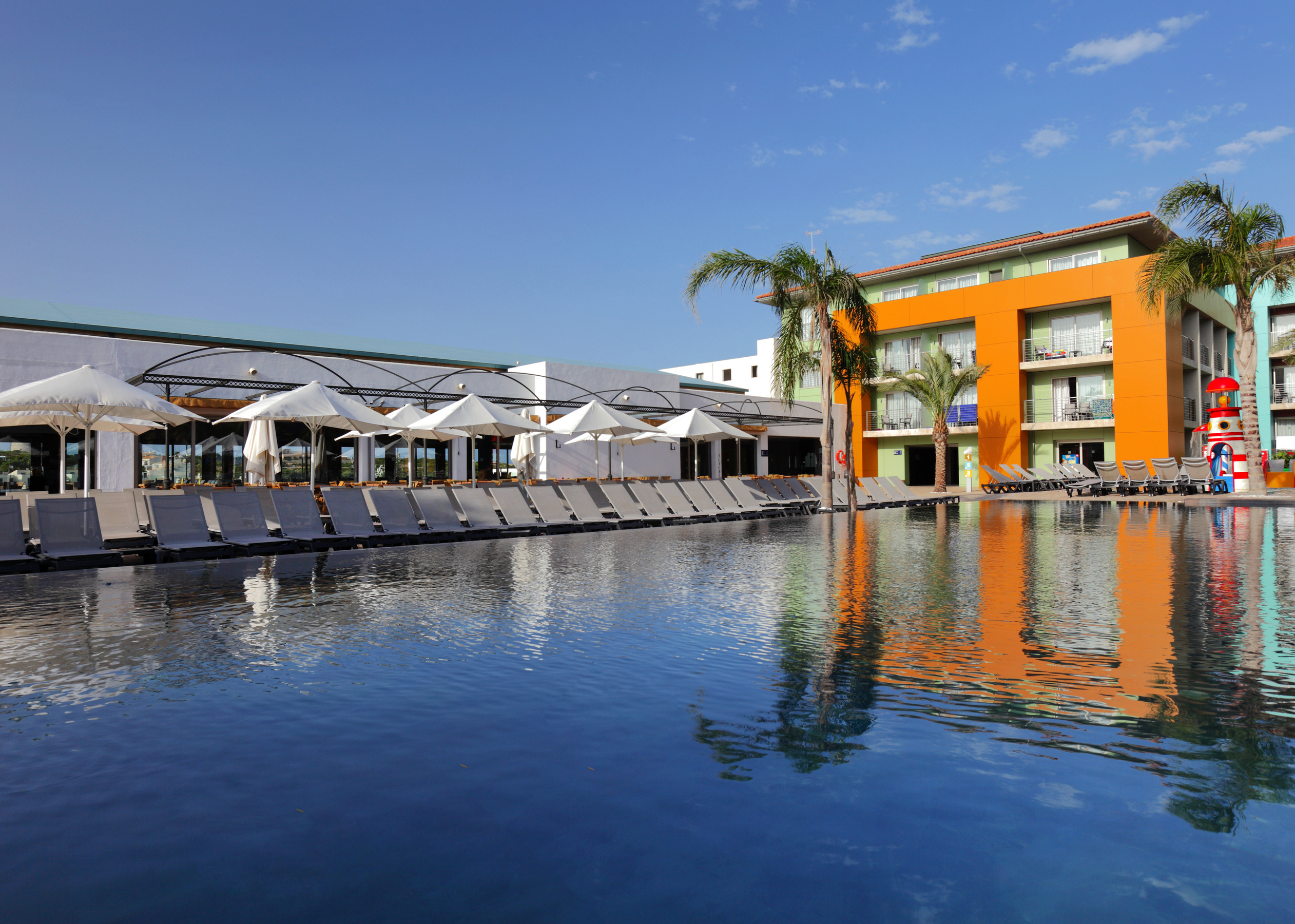Minorca’s plant and animal wealth is beyond doubt. The whole territory was declared a Biosphere Reserve by UNESCO in 1993. The conservation of its heritage, flora and fauna indicate the intense commitment that exists to maintain them. The island is committed to sustainability, so that natural resources can continue to be used in the future, always respecting the landscape and without damaging its beauty. The protection of the different ecosystems that coexist here is crucial, which is why awareness-raising campaigns to learn about the natural and archaeological heritage are fundamental.
To ensure this preservation, the territories have been divided into three zones: core zones, buffer zones and transition zones. The essential core area of Minorca is made up of natural spaces that stand out for their biological characteristics. This place would be occupied by the s’Albufera des Grau Natural Park, the green lung of the island. It is the most humid area which includes the s’Albufera des Grau itself, the Colom Island and Cape Favàritx. It is situated in the north-eastern part of Minorca and spreads across more than 5,000 hectares.
You have endless possibilities when planning this visit. Enjoy the exuberance of the landscape, observe the fauna that inhabits the s’Albufera, visit its numerous beaches and coves, walk along some of its best-known routes or explore the archaeological remains of the Talayotic culture. This paradise is waiting for you to discover its secrets. Do you want to be captivated by the s’Albufera des Grau? Read on.
Routes in the s’Albufera des Grau area
The surroundings of the lagoon are highly recommended, not only for its environmental importance, but also because of the range of activities available which will make your day unforgettable. The area is made up of a large lagoon, of about 70 hectares, where you can behold the most unique ecosystem on the entire island of Minorca. Its depth of three metres and the enormous diversity of aquatic plants, fish and birds make it a veritable spectacle.
A total of three itineraries can be carried out within the s’Albufera:
- Sa Gola. It is a simple route of less than two kilometres, to be done on foot. You will pass through the Sa Gola canal and the dunes of Es Grau beach. You can even do this route in the middle of summer, as the shade of the pine groves and the sea breeze help to combat the heat. From the viewpoint you can enjoy a spectacular panoramic view of the s’Albufera des Grau. This point becomes a dreamy scene at sunset, making it an ideal place for a romantic getaway. Throughout the walk you can see finches or great tits, the usual inhabitants of the natural park.
- Santa Madrona. This low-intensity, two-kilometre-long path runs along the south-west coast of s’Albufera des Grau and is the most attractive spot for all bird watching enthusiasts. Along the way you will see many waterfowls, as there are several special observatories. For this reason, it is one of the most privileged places to watch species such as coots, grey herons or ospreys in action.
- The Cala Llimpa viewpoint. The last itinerary that can be carried out in the park runs along the south-eastern part of the lagoon and is less than two kilometres long. It is the least travelled and the most recommended if you are interested in seeing the landscape in all its splendour. At the viewpoint of Ses Puntes you can sit down to gaze at the varied vegetation that the terrain offers. It is also a perfect place to check out the peculiar characteristics and shapes of s’Albufera des Grau.
What else can the s’Albufera des Grau Natural Park offer?
In addition to enjoying nature, you can also do many other activities in this Minorcan lagoon. In the park you will find outstanding examples of the island’s cultural heritage. There are different archaeological sites, such as the Talayotic village of Sa Torreta. A stepped talayot, a taula enclosure and vestiges of several dwellings are preserved here. You cannot miss the chance to admire the distinguishing elements of this impressive Cyclopean architecture.
Another interesting alternative is to cross to the Colom Island, one of the territories that make up the s’Albufera des Grau Natural Park. It’s a great option for couples, as this islet can be reached by kayak. Once there, you will be amazed by the totally unspoiled heavenly beaches, such as the Arenal d’en Moro. If you come during low season, you can enjoy the experience of having a picture-perfect beach all to yourself, while you soak in its turquoise waters.
If you have decided to visit the s’Albufera des Grau natural area, another place you cannot miss is the Favàritx lighthouse, one of the first to be built in Minorca.
Together, the lighthouse, the sea and the landscape in the background make up a stunningly beautiful postcard image. Its unique architecture is due to the fact that it was built using the rocks found around it. Very close to the lighthouse you will come across the Cala Tortuga cove, where you can take a dip in this exclusive setting.
In short, the s’Albufera des Grau natural space is a fantastic example of the symbiosis that can exist between man and nature, based on respect. The balance that has been achieved between the ecosystem and the agricultural and livestock farms that are located here is worthy of admiration. Come and discover this natural park and all the treasures it conceals.





























































